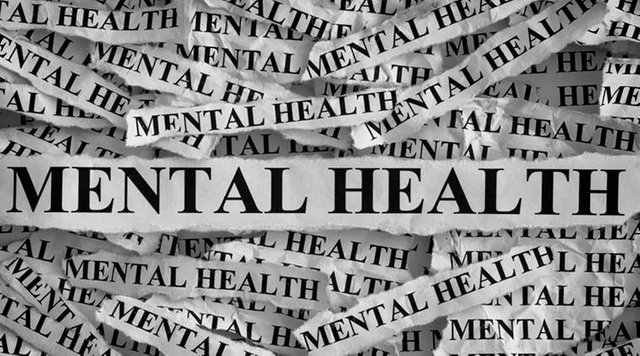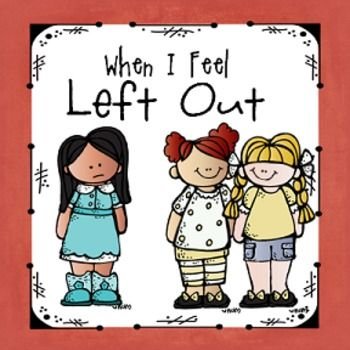Inequality And Social Exclusion Drive Mental Health Problems In South Asia

Social exclusion is a global multi-dimensional phenomenon that highlights the need for an extended inclusionary attitude in society. The present paper discusses some under-explored components of social exclusion. The major features of social exclusion as laid out in diverse approaches are described. The ways in which exclusion of the mentally ill and disabled, a relatively neglected group, differs from other forms of exclusion are examined. Attention is drawn to the relationship between social exclusion, disadvantage, deprivation and injustice. It is pointed out that poverty, disadvantage and deprivation may lead to social exclusion, but these factors alone do not constitute the dynamics of exclusion. The bilateral relationship between mental health/ill-health and exclusionary factors is discussed, taking into account elements such as stigmatisation, ‘othering’ or ‘otherness’. The injustice aspect of social exclusion is emphasised, and a case is made for redressal of distributive, procedural and interactional injustice with regard to the mentally ill as well as other excluded groups. A different approach is required in the case of the mentally ill and disabled as an excluded group, with greater action-orientation in policy-making. The discussion concludes with the view that remedying the problem of social exclusion in Indian society needs a multidisciplinary approach, with a focus on ‘the people as the core
A survey of nearly 1000 households in the south asia showed that six percent of adults were identified as depressed. People were two or three times more likely to be depressed if they were from the most socially oppressed castes, had taken a recent loan, lived in poor quality housing or had not completed primary school. This is according to research from Tribhuwan University.
Mental health researcher , at the Department of Public and Clinical Medicine, has focused over the last four years on how communities in the northern countries India, Pakistan can promote, prevent, treat and advocate for mental health.
Further qualitative studies, conducted by Kaare Mathias in 2014, revealed that nearly all people with mental distress had experienced social exclusion and many had experienced economic, verbal and physical violence. However, people also described experiences of belonging, social support, and social participation. People with friends or family members experiencing mental distress as well as those who believed that mentally distressed people can recover were more willing to be socially close to them.
The communities in Kaaren Mathias' research are characterised by complicated relationships between mental health and social inequalities such as gender, poverty, class, caste and education. Gender inequality is one of the most significant social factors impacting mental health competency as it leads to a heavier load in caregiving, impoverishment and experiences of violence for women caregivers.
"Bringing together the findings from this research, I picture community mental health competence using the picture of a tree, where all parts are organically connected. The roots are the many social factors affecting mental health. The trunk connects these with four branches: access to care, knowledge, safe social spaces and partnerships for action. The research shows how people with mental distress, caregivers and community members together find coping strategies despite many obstacles and few resources. Amidst the shadows there are patches of light," says Kaaren Mathias.
